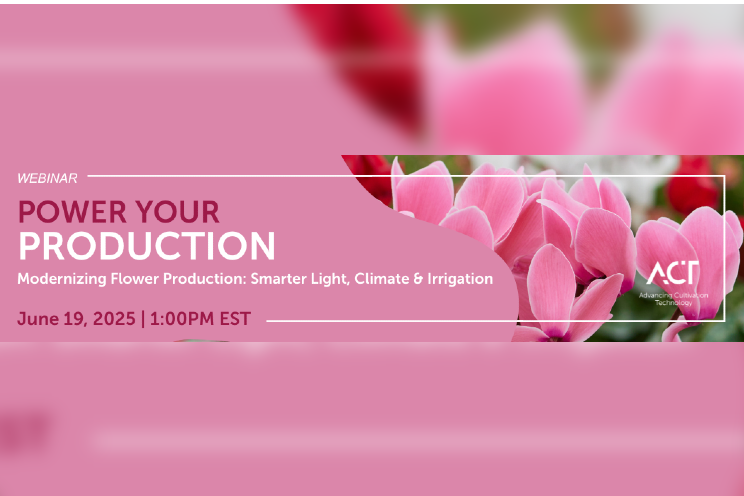'Working on assumptions is now a thing of the past'
Added on 28 May 2025

Author: Jacco Strating
Although many companies are using their data more effectively, there are still many companies that are not getting the full potential out of their data. “A shame”, says Ruben Gideonse of TapTarget. “If you cannot quickly get to the most important insights from your data, this can lead to lost revenue, inefficient processes and a lag behind the competition.”
One push of a button
TapTarget wants to make Business Intelligence (BI) accessible to everyone. The company does this through innovative connections, transformations and visualizations. “We strive to offer a secure, flexible and user-friendly BI environment with just one push of a button. We see a world where users can effortlessly gain insights from their data through dashboards. What can be improved, where are the opportunities and how can you work more efficiently? One of the biggest challenges in horticulture is dealing with seasonality. Labor needs and the market demands often change throughout the year. With the right data, companies can anticipate better on these shifts and adjust on time. For example, by spotting trends early, they can align production planning and sales strategies more effectively. This way, they’re not just reacting to changes, but staying ahead of them.”
Gideonse indicates that large organizations are often ahead in the use of data and BI tools, while small and medium-sized companies often lag behind due to a lack of knowledge or resources. “Previously, it was mainly a competitive advantage when you started with BI as a company. It also made sense that mainly large companies started with this, since it required high investments. Fortunately, more and more BI-related solutions are now coming onto the market. This allows companies to start working truly data-driven quite easily and without too many investments.”
Additional support
According to Gideonse, a BI tool is almost indispensable within a company today if you really want to grow. "But it is also important to keep up with these developments, so that you as a company do not fall too far behind." According to him, this does not mean that you have to throw everything upside down from one day to the next. "Companies often have a lot of knowledge and experience in-house. Of course, you should cherish that. You should primarily see BI tools as additional support within your organization. Use it as a support, so that when making important decisions you can fall back on the data to confirm your choices. And often that data also provides new insights."
To help companies get started, TapTarget shares a number of steps to get started with BI and options to gain experience with it:
1. Start small
It is important to get a feel for the possibilities of BI and that is why it is important not to start too big, says Gideonse. “For example, start by visualizing your financial data, so that you now have direct insight into the most important financial data, such as your creditors, debtors, ratios, profit and loss. This can create insights that were previously more difficult to obtain.”
More news















